What to Put at the Bottom for Optimal Plant Growth
March 29, 2023
Raised garden beds are a popular way to grow vegetables, flowers, and herbs in small spaces or areas with poor soil quality. They offer several benefits, including better drainage, easier access, and more control over the soil quality. However, to ensure your plants thrive, it's essential to know what to put at the bottom of a raised garden bed. In this blog, we'll cover the different materials you can use to create a healthy and productive garden bed.
- Landscape Fabric
Landscape fabric is a woven material made from polypropylene that allows water and air to pass through but prevents weed growth. Placing landscape fabric at the bottom of your raised garden bed will help prevent weeds from growing up into your soil. It will also help prevent soil erosion and keep the soil from washing out of the bottom of the bed. Landscape fabric is relatively inexpensive and easy to install, making it an excellent choice for many gardeners.
- Cardboard
Cardboard is another material that you can use to line the bottom of your raised garden bed. It's an affordable and eco-friendly option that helps suppress weeds while also improving soil drainage. Simply lay several layers of cardboard on the bottom of the bed, making sure to overlap the edges. Wet the cardboard thoroughly to help it conform to the shape of the bed. Add a layer of compost or soil on top of the cardboard before planting.
- Gravel or Rocks
If you have poor soil drainage or are worried about water pooling at the bottom of your raised garden bed, you can add a layer of gravel or rocks. This will create a drainage layer that will help excess water flow away from your plants' roots. However, keep in mind that adding a layer of rocks or gravel will also reduce the amount of soil in your bed, so you'll need to add more soil to compensate.
- Compost
Adding a layer of compost at the bottom of your raised garden bed is an excellent way to improve soil quality and provide your plants with essential nutrients. Compost is rich in organic matter and helps improve soil structure, which can increase water retention and reduce erosion. You can create your own compost by composting kitchen scraps and yard waste or purchase it from a garden center.
- Straw or Hay
Straw or hay is an excellent option for gardeners who want to add organic matter to their raised garden bed while also reducing soil erosion. Straw or hay can also help regulate soil temperature, keeping the soil warmer in the spring and fall and cooler in the summer. It's important to note that straw or hay can attract rodents, so you'll want to be mindful of that when using it in your garden.
In conclusion, what you put at the bottom of your raised garden bed will depend on your specific needs and gardening goals. Whether you choose landscape fabric, cardboard, gravel, compost, or straw, adding a layer to the bottom of your raised garden bed can help create a healthy and productive growing environment for your plants.
Also in Articles

A Springtime Affair with the Genesis Self-Watering Seed Starting Kit
January 15, 2024
Sign up to get the latest on sales, new releases and more…



